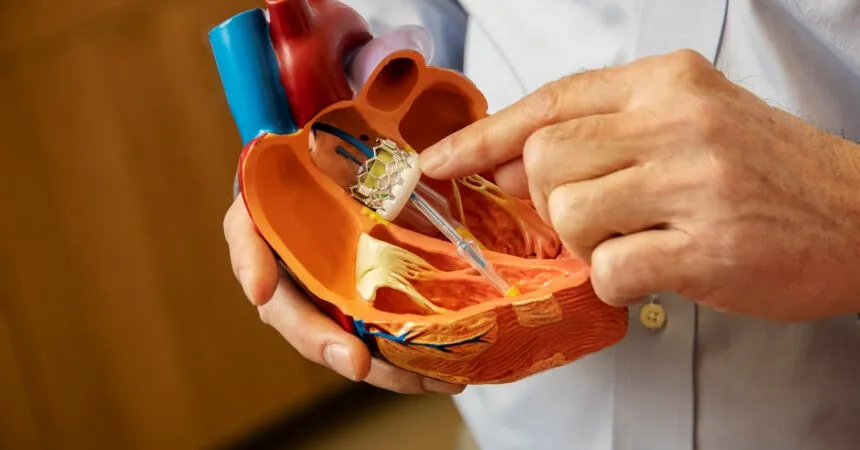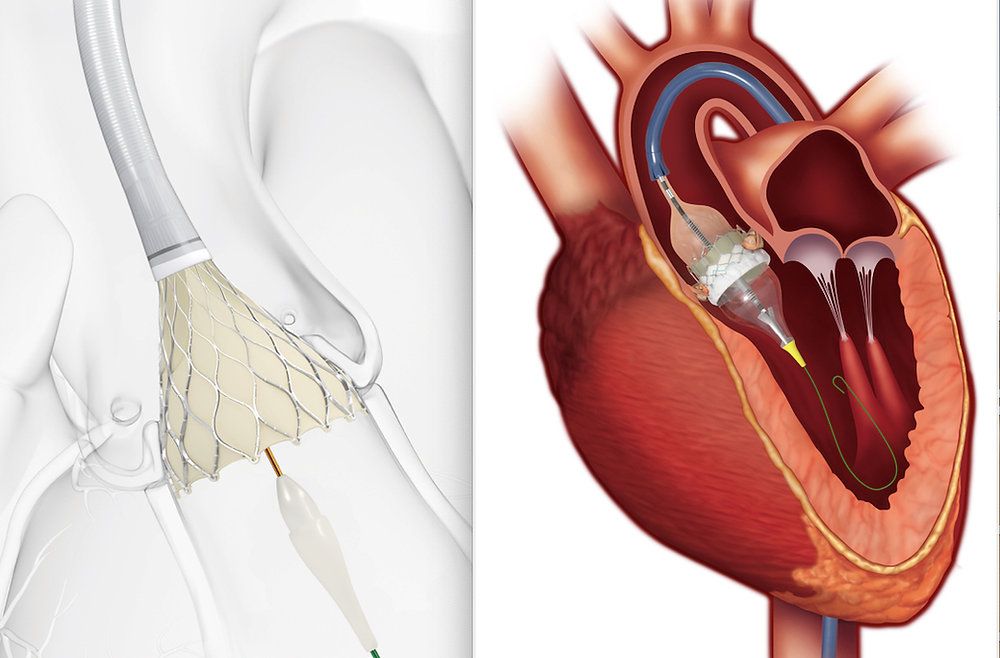Welcome. Down the intricate web of heart health, we come upon a silken thread named Transcatheter Aortic Valve Replacement, or TAVR. Imagine the heart as a bustling city – just like spider veins Manhattan. In that city, the aortic valve serves as a critical highway. When it fails, traffic jams ensue, affecting the city’s efficient operations. TAVR is like our traffic cop, stepping in to keep things moving smoothly. This guide reveals the ins and outs of this lifesaving procedure – enabling us to understand its pivotal role in heart health.
TAVR: The Breakdown
So, what’s TAVR? It’s a minimally invasive surgery. It fixes a diseased aortic valve without removing it. A new valve is wedged into the old one.
Think about an old, rusted pipe. Now, imagine inserting a new, shiny pipe inside the old one. That’s TAVR.
Who is TAVR for?

People with severe aortic stenosis usually get TAVR. This is when the aortic valve narrows. It makes the heart work too hard. This can lead to heart failure.
TAVR is especially helpful for people who can’t have open-heart surgery. It also helps those for whom surgery is risky.
TAVR vs. Open-Heart Surgery
| TAVR | OPEN-HEART SURGERY | |
|---|---|---|
| Procedure Type | Minimally Invasive | Invasive |
| Recovery Time | Shorter | Longer |
| Risk | Lower for high-risk patients | Higher for high-risk patients |
Benefits of TAVR
TAVR has a lot of perks. It lets people avoid the risks of open-heart surgery. The recovery time is shorter. Plus, studies show TAVR improves patients’ quality of life quickly.
Conclusion
TAVR is a big leap forward in heart health. It’s a safe, effective way to tackle aortic valve disease, especially for high-risk patients. It’s like a breath of fresh air for a bustling heart city that’s been choked by traffic jams. For more information, visit the American Heart Association.




